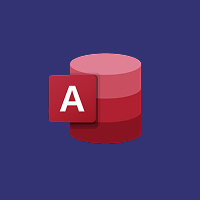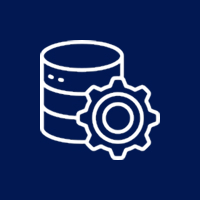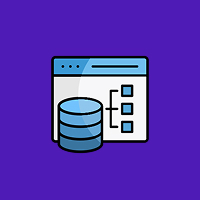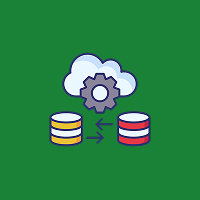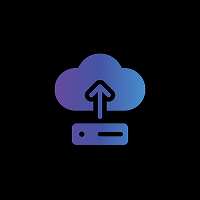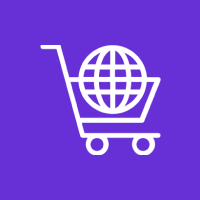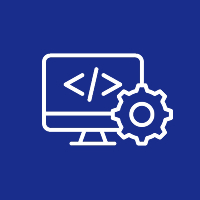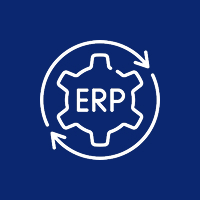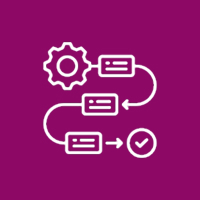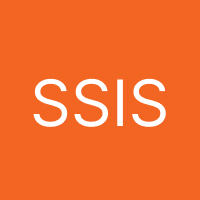In a world increasingly reliant on digital trust, accessibility, and security, both higher educational institutions and government agencies need strong platforms to manage their online presence. Given the multitude of content management systems (CMS) on the market today, Drupal has presented as a prime option for government agencies and higher educational institutions, and for good cause.
Whether a national government providing services to citizens or a university managing thousands of student records and hundreds of departmental/professorial websites, Drupal is second to none in terms of useful tools, control, and flexibility to manage, build, and react to the new digital prospectus.
1. Security Meets Rigorous Standards
When it comes to publicly facing institutions, security is a really big deal. Whether it is protecting sensitive citizen data, ensuring academic integrity, or tracking intellectual property, both government agencies and higher education institutions have collections of sensitive and confidential information.
Drupal was designed with security as a fundamental intention; it has layered controls over access, fine-grained permissions, database encryption options, and is overseen by a dedicated Drupal Security Team performing continuous monitoring. The platform also enables secure integrations with authentication paradigms like SSO, LDAP, and OAuth.
Importantly, Drupal satisfies standards such as:
- FedRAMP (Federal Risk and Authorization Management Program)
- FISMA (Federal Information Security Management Act)
- and HIPAA (Health Insurance Portability and Accountability Act)
These certifications will assist institutions in achieving compliance with certain guidelines while at the same time, decreases the overall risk related to cybersecurity.
2. Scalability and Adaptability
Governments and universities often need dozens—or hundreds—of sites with varying audiences and content types. Drupal supports multi-site management where you can run multiple web properties from the same codebase.
This ability makes sense to:
- A state government managing its department portals for health services, education services, transportation services, etc.,
- A university with different websites for its faculties, admissions, research, alumni networks, etc.,
With Drupal’s modular approach, you can customize features for each department, without having to rebuild the entire system. Agencies can add content types, user roles, or entire sections on the website as their needs change, without modifying the core coding structure.
3. Accessibility by Default
Public digital services need to be accessible to everybody, regardless of their ability. Drupal emphasizes web accessibility and provides built-in support for:
- WCAG 2.1 (Web Content Accessibility Guidelines),
- Section 508 for the United States,
Semantic markup and ARIA (Accessible Rich Internet Applications) attributes.Compliant themes and modules undergo formal accessibility audits to ensure that everyone—particularly those using screen readers or navigation via the keyboard—can navigate to information unhindered.
This view of accessibility can help agencies meet legislation, but it can also align with a public sector agency’s mission by delivering service for diverse communities.
4. Open Source with a Strong Community
Unlike proprietary CMS platforms, Drupal is open source, meaning it is free to use, free to extend, and fully customizable. This reduces total cost of ownership, removes licensing fees, and ensures that institutions are not locked into one vendor.
But Drupal is not just software; it is a global community of developers, designers, government agencies, and educators. This ecosystem:
- Contributes thousands of modules to provide extensions for functionality
- Regularly improves security, performance, and accessibility
- Shares best practices on how to build government and higher education sites
Many large public sector organizations, like NASA, The Australian Government, and Harvard University, are active contributors to the evolving landscape of what Drupal is today.
5. Multilingual Capabilities
Governments and universities often serve highly diverse populations. Drupal has multilingual capabilities built directly into its core and supports different flows, as well as translation for content, interface elements, metadata, URLs, etc.
Out of the box, Drupal provides you the ability to:
- Create localized experiences for different regions or ethnicities
- Translate content into any language using automated or manual workflows
- Show menus, forms, alerts, and more in the appropriate language
For global universities or national government agencies, this enables you to reach people in their own language through Drupal, without the need for separate websites.
6. Content Governance and Workflow
When managing content at scale you require organization. Drupal’s sophisticated content governance features are ideal for institutions in need of controlled publishing workflows, moderation of content and ultimately accountability.
Examples of key features include:
- Role based access control: Set distinct permissions for editors, contributors, reviewers and admins
- Workflow states: Set the workflow of content as it relates to Draft, Review, Published, or Archived
- Audit trail: Track every edit made to content, including who did it, as well as when.
This level of governance gives you control, which in turn ensures consistent messaging across the institution, you have knowledge of who has changed any content out of compliance, and the organization maintains the integrity of information across large distributed teams.
7. Future Ready with API-First
As the need for integrated digital experiences continues to rise, organizations need to utilize platforms that are agile. Drupal is built with decoupled architecture, which means it can publish content to any front end via RESTful APIs, GraphQL or JSON:API.
This enables institution to:
- Build progressive web apps or native mobile apps utilizing the same back end
- Push content to kiosks, display signs or chatbots
- Integrate with 3rd party platforms like Salesforce, payment gateways, LMS’s.
This future ready architecture ensures Drupal can scale and grow with an institution’s digital ecosystem no matter how sophisticated or complicated.
Conclusion: A Platform for the Public Good
Government and higher education institutions are not content publishers; they are mission-driven entities that are delivered to the public. So whether their mission is to provide transparent governance, serve the educational system, or support public health, Drupal takes them there securely, efficiently, and inclusively.
By using Drupal, they can have:
- A secure, compliant base
- Scalability in complex structures
- Inclusive, multilingual capabilities
- Customized workflows and integrations
- Community support and collaboration
In a digital world with high stakes and widespread users, Drupal provides a platform that is not just for the web, but for the public good.
Contact Us Today








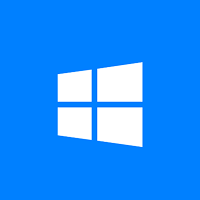




 Database Development
Database Development




